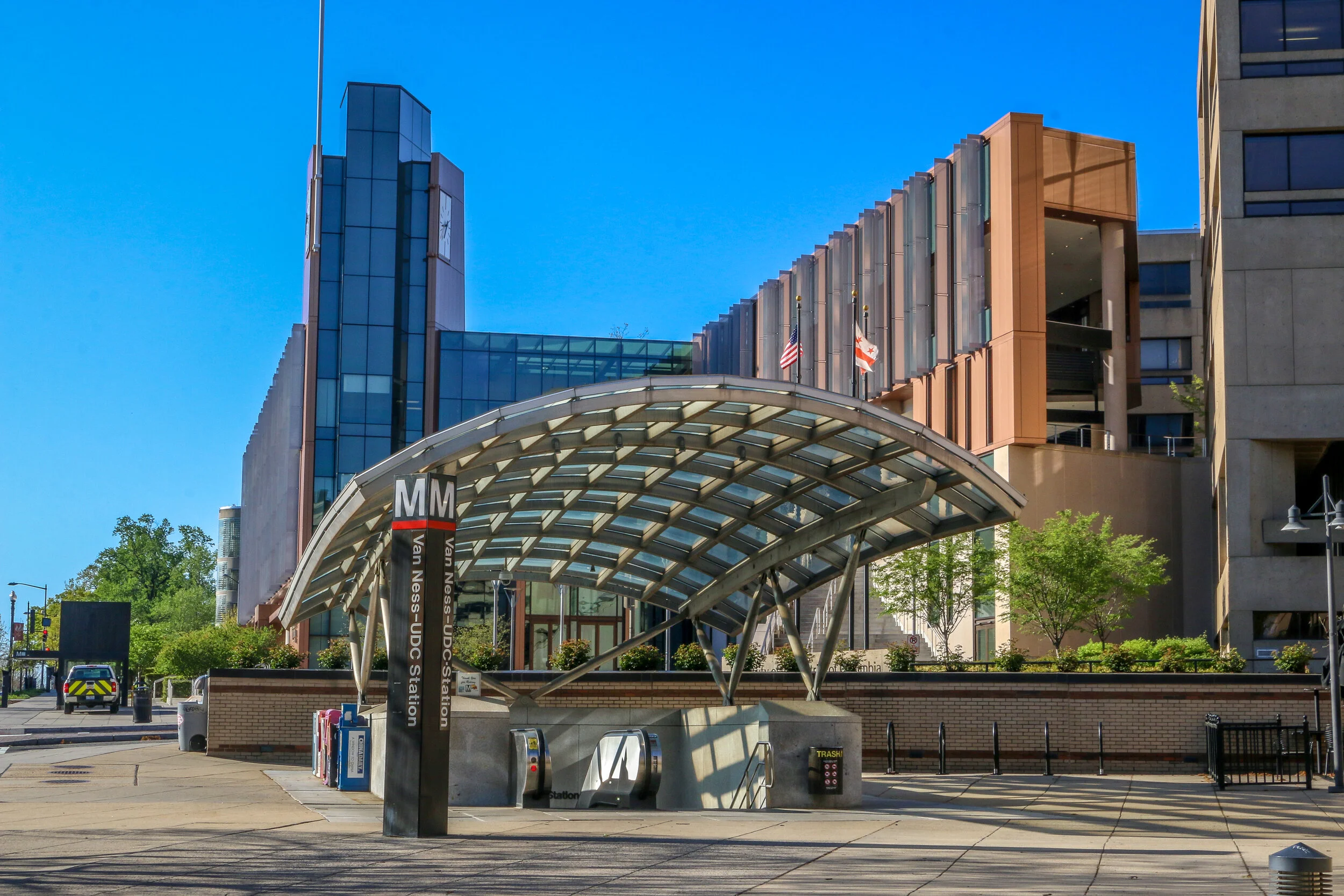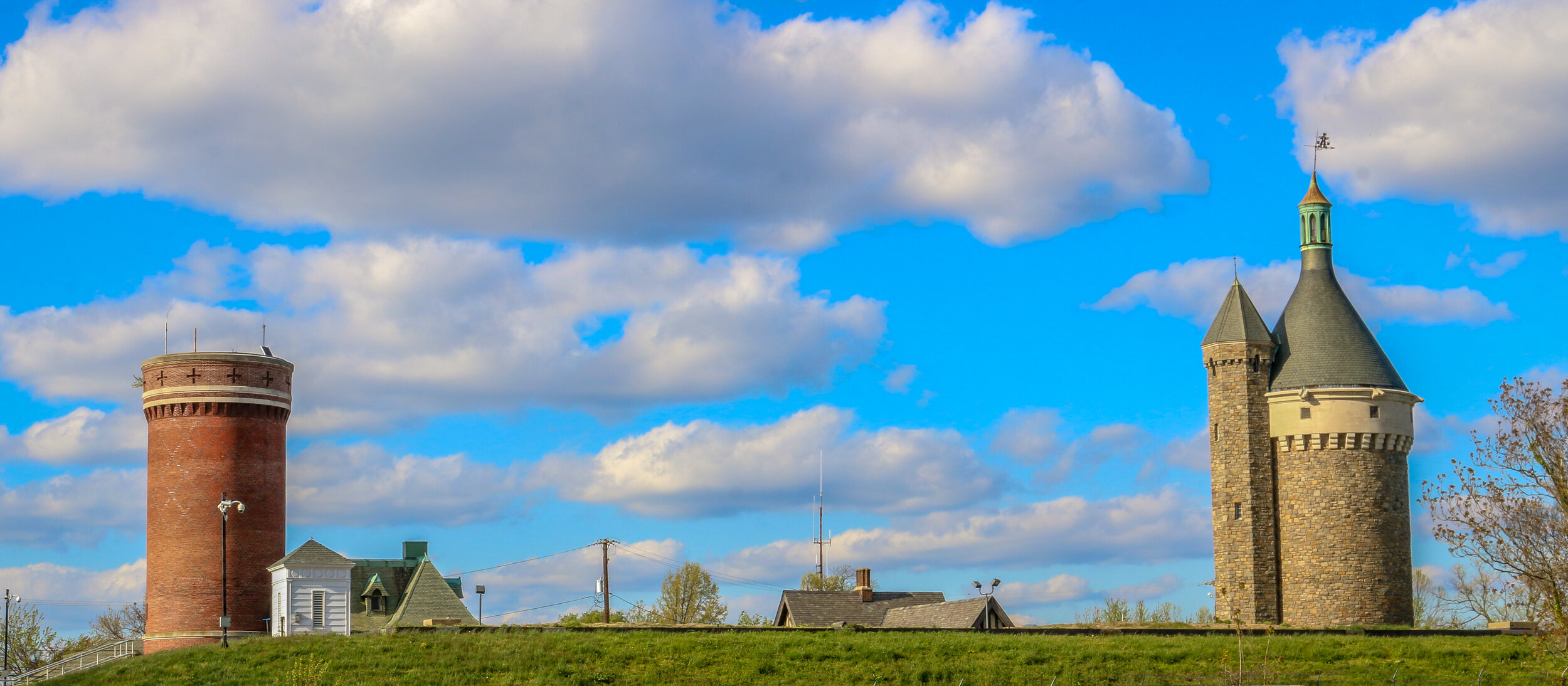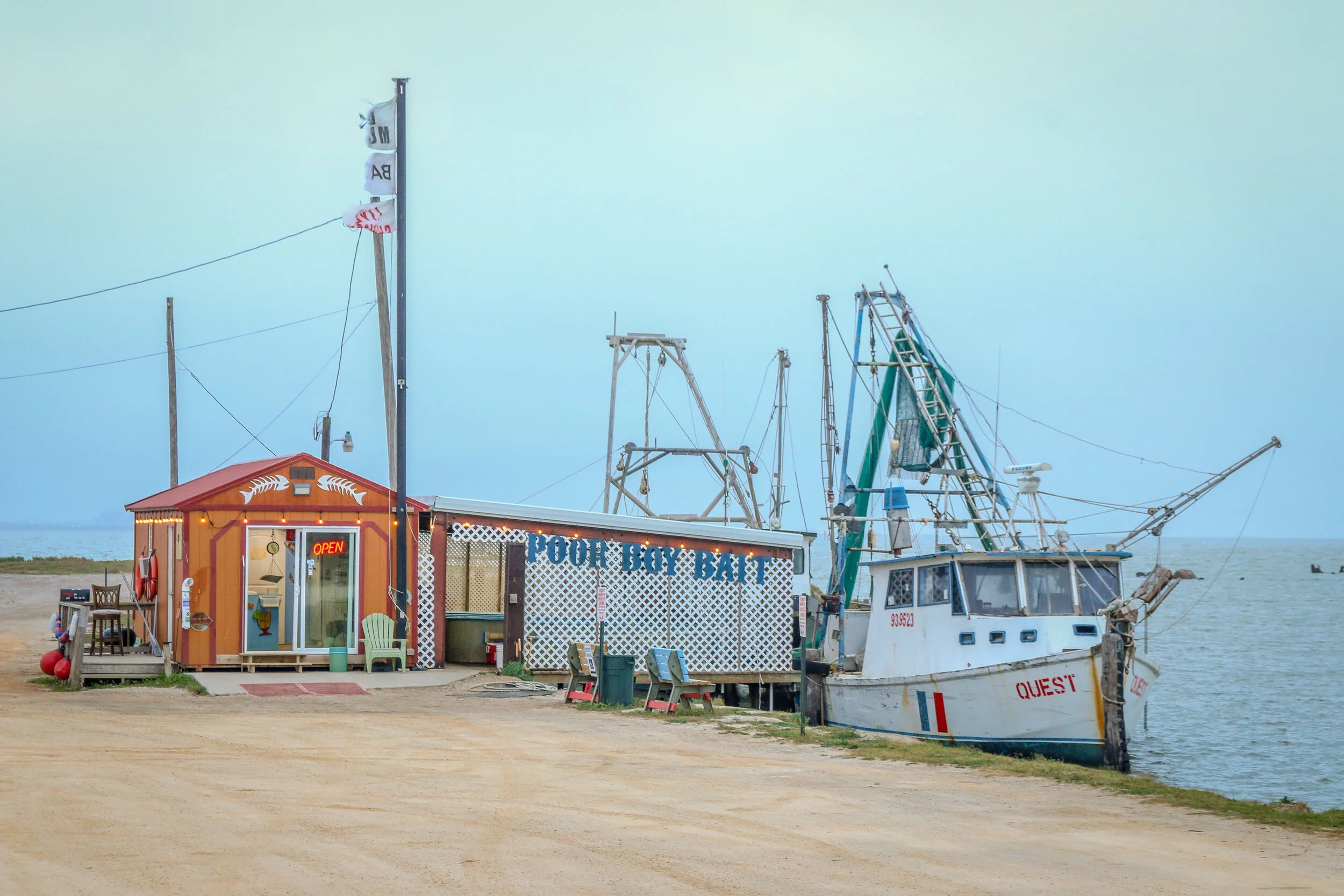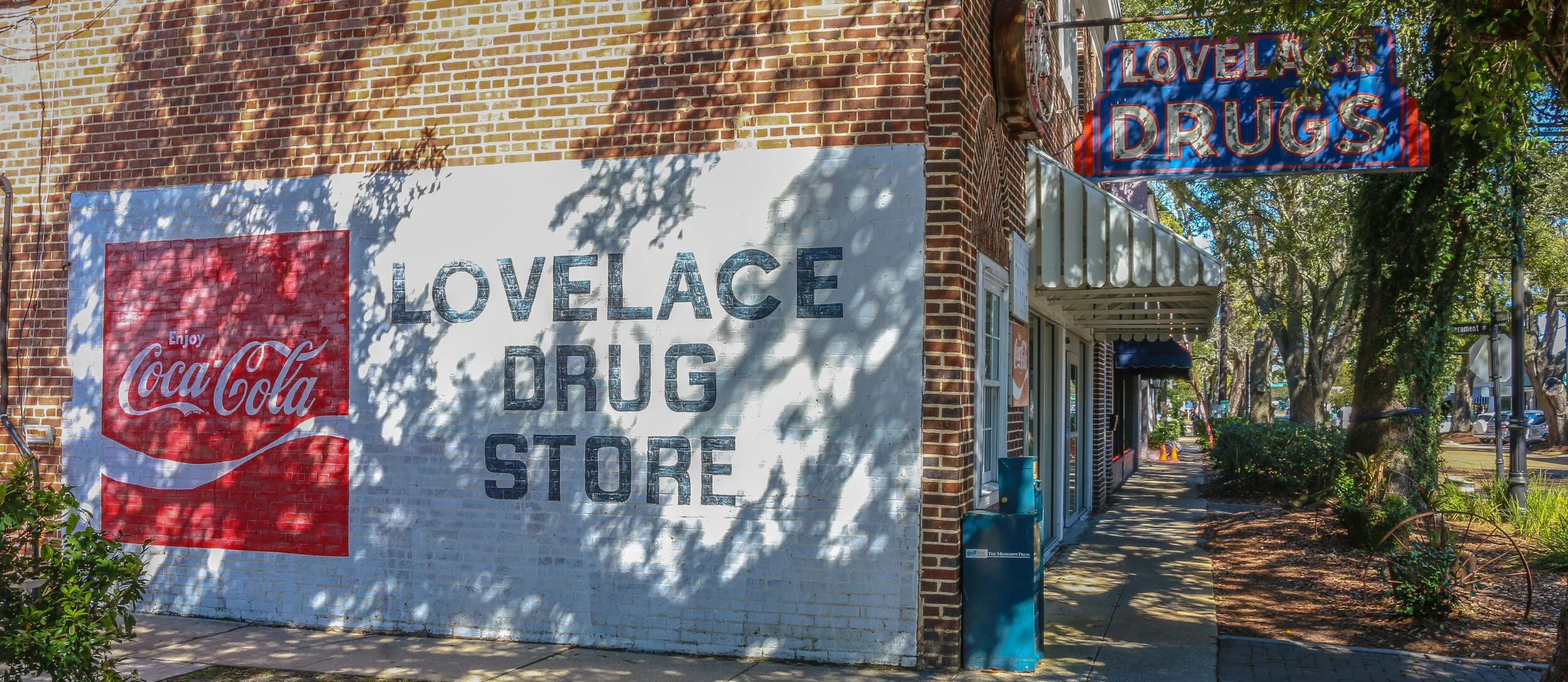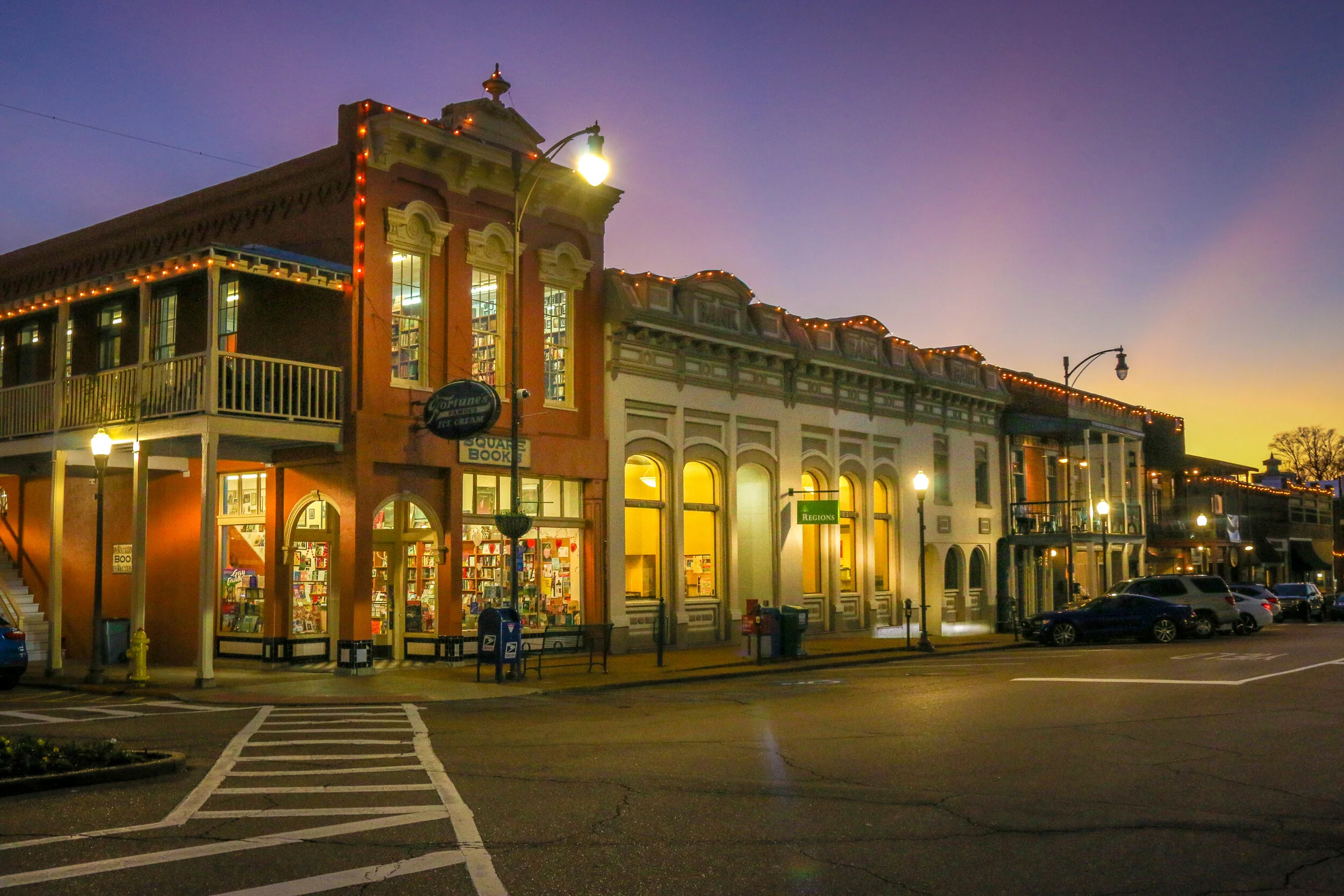Hello Everyone and greetings from Port Huron, Michigan, where Lake Huron funnels into the St. Clair River. It’s significantly cooler here than it was in Detroit which has been a real blessing. This is the weather I was imagining when I planned to come to Michigan this summer, not the sweltering days I found in The Motor City. I have been able to cool off a little bit, clean and repair Shadow Catcher and make sure everything is in its proper place and think with a clear head as I plan for the road ahead. I’ve seen and done some pretty great stuff this week and I’m thrilled to be able to share it all with you
When I left you last week I was on my way to The Henry Ford Museum of Innovation in Dearborn. It was an awesome museum - not extremely well organized, but full of extraordinary artifacts. I should have gone right when I walked in the door, but went left instead. I got caught up in fascinating displays on mathematics, early Industrial Revolution inventions and furniture. I skipped through most of the Civil Rights section as I’ve been to some of the best Civil Rights museums in the country, but definitely spent some time with the Rosa Parks bus - the actual bus she refused to give up her seat on (although I kept thinking there are better places for that bus, especially since it’s a GM). They did do a beautiful job on the restoration, though, and I’m very glad it’s there to be seen.
When I finally got to the other side of the museum where all the cars are, I was already a little tired, but I pushed through. There were 5 presidential limos, including the one JFK was shot in (which actually stayed in use for years afterward, albeit with a solid roof and bulletproof glass). There was a wonderful history of the automobile with all makes and models represented, not just Fords. Of special interest to me were the exhibit on American road travel (motels, cabins, gas stations and even campervans), one of Charles Kuralt’s original OnThe Road RVs and the first production line Mustang, Serial #1. I was there for hours and hours and could have spent longer, but the museum was closing and I had plans for the evening.
I headed back downtown and enjoyed a wonderful pizza at Buddy’s, which had come highly recommended by several friends. I have never had Detroit-style pizza before, and this was the right place to try it for the first time. There were four things right about Buddy’s pizza. First, the crust was thick but flaky and not heavy at all. Second, the sauce was perfect – savory and flavorful and not sweet like some others. Third, the cheese was real cheese and I could taste it, it wasn’t some melty, flavorless goop, and finally the toppings were also of good quality. In short, it was pretty close to a perfect pizza in my mind and I would definitely recommend it. My belly full of pizza, I headed right across the street and into the Detroit Tigers baseball game at Comerica Park. It was a perfect night for baseball – clear and cool but not cold enough for a jacket. The stadium was pretty empty, so I sidled on down to the fifth row behind the dugout on the first base side. It was a great seat and I thoroughly enjoyed the game and the stadium, despite a Tigers loss (I was routing for them because they’re Magnum P.I.’s team). After the game I headed back to Dearborn along Michigan Avenue which was just a wonderful drive. It passed through neighborhood after neighborhood packed with restaurants, bars, strip clubs, gas stations and any number of other little businesses and it just felt like a timeless route through old Detroit.
Thursday I headed back to The Henry Ford complex, this time to see Greenfield Village. Greenfield Village is an outdoor living history museum conceived of and begun by Henry Ford himself. Originally founded as a school for neighborhood and Ford employee’s kids, it opened to the public in 1933. It’s full of many wonderful original buildings like Ford’s boyhood home and school and the Wright Brothers’ Cycle Shop moved from Dayton, Ohio. Model Ts cruise the streets, as do horse-drawn carriages…




